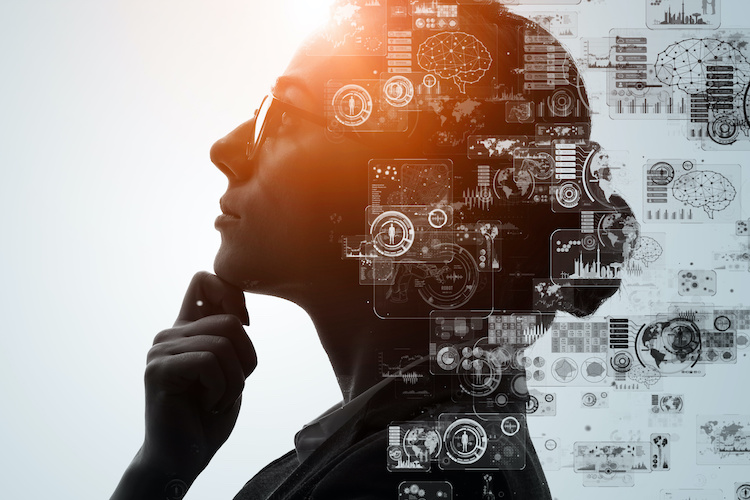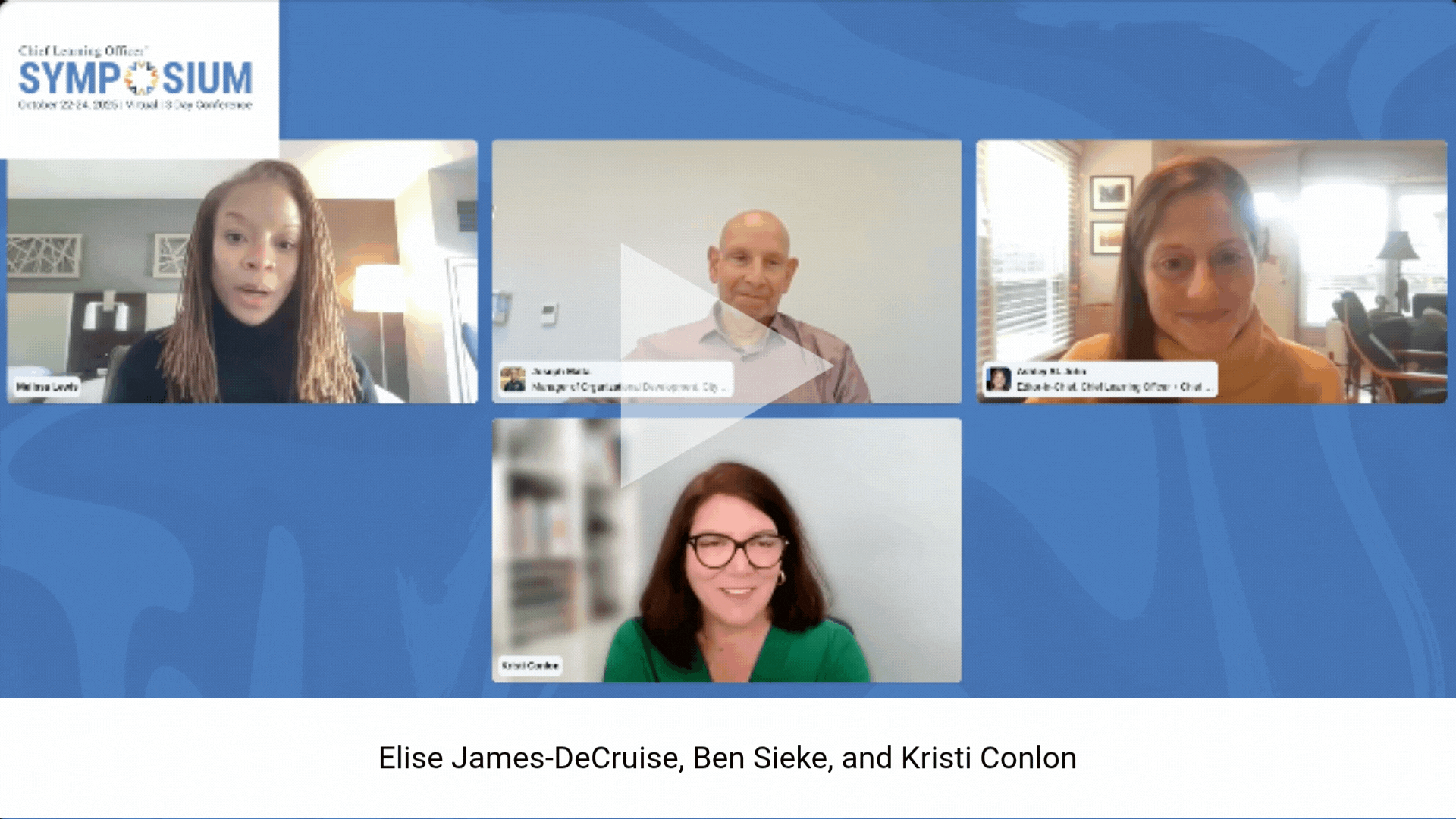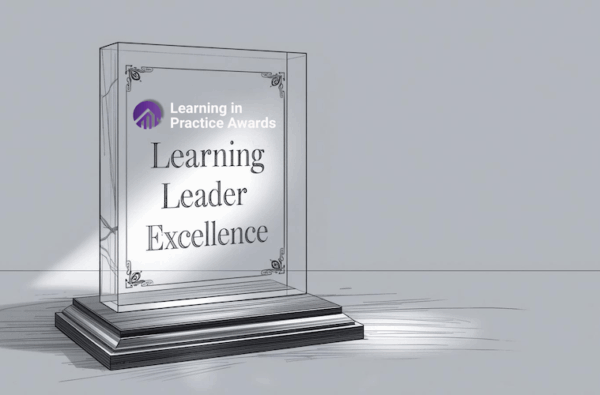Over the past few weeks, COVID-19 has transformed our lives in ways many never had thought possible. As the outbreak becomes more widespread globally, and volatility and uncertainty increases, business organizations across sectors are entering a “new normal.” With imposed limitations on both in-person business activities and travel, working professionals may be kept at home for weeks or even months, forcing millions of business meetings, transactions and negotiations to take place virtually.
The speed and inventive nature of business activities going online is unprecedented, and extraordinary cases are propping up everyday. Consumer retailers have transformed their business models and customer engagement tactics quickly, with e-commerce now taking center-stage. Dubai Mall, one of the largest shopping malls globally, as an example, is helping 1,300 brick-and-mortar stores to go digital in a few weeks. In the healthcare space, providers are moving the less critical, more chronic medical appointments to alternative means such as telemedicine and virtual doctor visits. Even real estate viewings are mostly done remotely now in the U.S. and Europe, with online notaries being set up to complete the transactions.
Education is no exception. Learning institutions — from your neighboring high school to Harvard University (and another 300+ higher education institutions globally) — are all suspending academic sessions and innovating with online approaches. There are even debates whether the U.S. Congress convenings should be moved online, with some predicting that by the time the pandemic is over, the way politics, lobbying or even government elections are conducted could be changed forever.
“People will change their habits, and some of these habits will stick… there’s a lot of things where people are just slowly shifting and this [pandemic] will accelerate that,” said Susan Athey, a professor at Stanford Graduate School of Business, in a March 2020 article published by The Washington Post, “The New Coronavirus Economy: A Gigantic Experiment Reshaping How We Work and Live.” Once the genie is out of the bottle, there will be no going back. We will adapt and start embracing the new normal.
Creating Versus Reacting to A New Normal: 3 Ways to Reimagine a Sustainable Future of Professional Learning
Could the pandemic be a black swan moment for innovation in workplace learning? Whether it be in-person leadership programs, technical training or onboarding, we are expecting weeks if not months of disruption in most parts of the world. And when businesses return to “normal,” things may not just snap back to the old ways. After months of social engagement and technological immersion, workplace learners and business leaders will have a higher expectation with regard to how they want to engage and learn.
The past few weeks’ events underscore the need for business and society to be resilient and prepared for times of uncertainty. The crises could be an opportunity and an impetus for change, to catalyze the much needed innovation. To build resilience for a future-proof learning and development sector, and to form new and improved learning habits in your organization, we suggest the following three ways to reimagine workplace learning.
No. 1 : Using the Science of Learning to Build Intentional Virtual Learning Experiences
In the past weeks, many learning professionals have been tasked with shifting their organization’s in-person learning programs to remote and virtual access as quickly as possible. For many programs, maintaining the synchronous, cohort-based nature via a virtual classroom is critical to meet learners’ expectations. But a mere “copy and paste” of a traditional classroom into a virtual classroom may not be the most beneficial approach. The ones who have successfully made it are those who (a) rethink what works in the brick-and-mortar context and evaluate it in a new light to develop pedagogically sound online equivalents, and (b) don’t just anchor on what the technology could offer — start right from our insights about learning and empirical evidence!
The first set of insights is the fundamentals of learning — how do your learners perceive knowledge, process information and induce memory formation and learning reinforcement? The technology you adopt should help foster such cognitive processes and ensure knowledge transfer to real-world business contexts.
For example, the trend of “polling” in online synchronous learning is picking up. Polls are no doubt an excellent engagement technique, but how do you use polls most effectively to maximize learning outcomes and impact? For many corporate programs, polls can help stimulate cognitive processing — to start a Socratic discussion (“evoke deep processing” is a key science of learning principle) and to initiate a short stretch of facilitated peer learning.
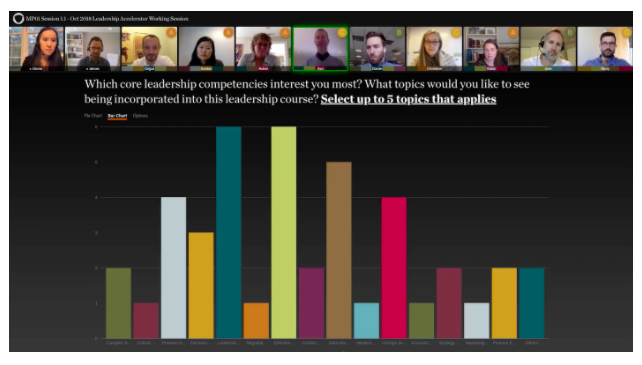
As noted by Bill Shinao, a Professor at Bentley University who facilitates seminars for faculty on case method teaching at Harvard Publishing, it is important to “create smaller topical ‘pastures’” while teaching online. For example, you may use 20-30 min to “graze” on a topic in an in-person program, while the online equivalent is more like 8-10 minutes. Between pastures, you may need a strong summary or reinforcement of the topics discussed and to catch those who have zoned out. A poll is an excellent way to have all learners participate and to initiate or summarize a new topic.
At other times, when my colleagues and I run professional learning programs, we administer an initial poll and then send groups of learners to different breakout groups (we curate the groups deliberately based on their response, which luckily is just a click away based on how the technology is configured). At the end of the breakout, we repoll learners on the same question. This helps achieve what is known as “generation effect” — a cognitive phenomenon in which information is better remembered if it is generated from one’s own mind rather than simply read or heard.
Now let’s focus on tailoring instructional design for your audience. Deliberate learning program design takes into account not only the intended learning outcomes but also an audience’s motivation and receptivity. At Minerva, we focus a lot on a set of “habits of mind,” the cognitive tools and frameworks that we share with our learners. The triggers for habit formation and behavioral change, though, can only be effective when learning is customized.
For example, we typically place a “hook” at the beginning of a new learning topic — it can be a visually stimulating image, an emotionally striking story or a thought-provoking question that catches attention — as an effective way to trigger learning and information processing during a learning session. But the way an entry-level engineer reacts to a hook may be very different compared with how a C-suite executive learner does. How do you generate sufficient learner insights to allow the right triggers to be put in place for learning to happen? Customizing those designs will help widen your audience’s receptivity and increase the likelihood of them adopting your desired mindset and behavioral change.
Now more than ever, as you are transitioning your programs online, the science of learning principles will become increasingly critical. Incorporating these principles should help you develop more effective programs on the desired platform that drive stronger business outcomes both during the current pandemic and beyond. Below is a more comprehensive list of science of learning principles to consider for your learning initiatives.
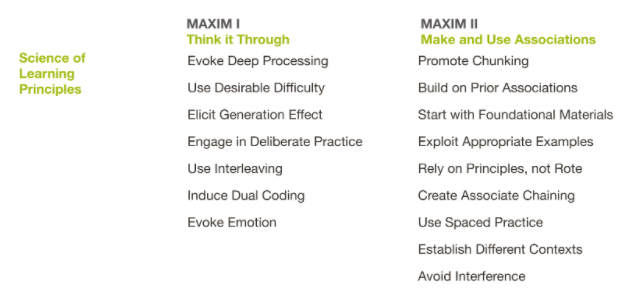
Idea for further reflection: Think like The New York Times: How did traditional newspaper and media outlets switch to online and reinvent themselves — from digital storytelling to redesigning interfaces to moving to new adjacencies, such as acquiring consumer review sites? What lessons can the L&D industry draw from them?
No. 2: Melting the Distinction Between Givers and Takers of Workplace Learning
Fast forward one, three or five years: As we move toward a world more accustomed to remote and distributed work, workplace learning can become a lot more collaborative and a lot less one-dimensional. With technology enabling a democratized learning and sharing process, everyone can chime in and become a learning hub.
As an example, just a few days ago during the COVID-19 onset, Yo-Yo Ma, a world renowned musician, started sharing his cello performances digitally. Following suit, a large number of musicians started offering their performance pieces, as well as mentorship, on a pro bono basis for learners in need — from kids to adults who wanted to cultivate their music passion and find peace amid these challenging times.
This “learning marketplace” concept could become more predominant in the professional learning space, where everyone in a given community (e.g., a company or an institution) is likely to have certain expertise they could offer to others in the same community. These learning nuggets can be in the form of blog posts, shareable tips, videos or even coaching calls/ mentorship dinners. Much like the celebrity-turned-influencer shift in the consumer endorsement industry, the once centralized model could be democratized over time, especially via technology (corporate learning has traditionally centralized many learning aspects, from learning content curation to production to instruction and delivery). The new distributed learning offerings will not replace formal classroom learnings (especially if those were already moved to more accessible online platforms), but they will provide complementary learning that is decentralized and distributed, kept up-to-date, and can proliferate very quickly based on topical needs or organizational and external trends.
Idea for further reflection: Think like Uber or AirBnB: How did these companies revolutionize their industry by matching demand to much-needed supply? The fact is that when it comes to these platforms, the technology itself isn’t the main reason people use them at all. Their success comes from the value creation that is realized in the world of network effects and open ecosystems.
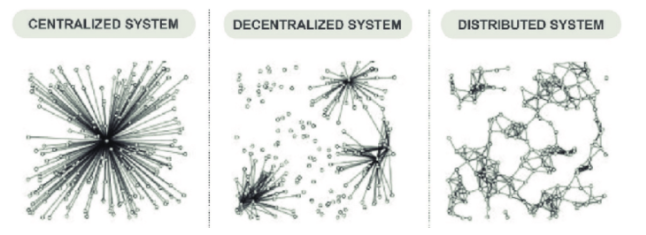
No. 3: Reimagine Post-Learning: Contextual Transfer and Just-in-Time Performance Support Tools
All learning should be seen as a process and a journey, not just a one-off episode. The nature of how our brain works is that we forget most of what we learned, unless it gets repeated at the right intervals (see Ebbinghaus’s Forgetting Curve below). For effective learning and impact, the post-learning process is just as important as the first learning opportunity.
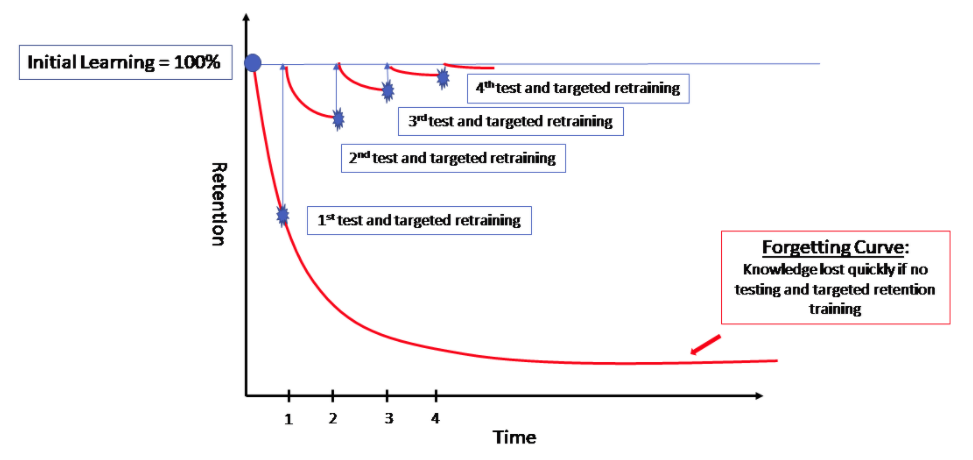
There are at least two approaches to counter learning retention limitations. First, space out learning over time. Second, repeat the learning outcomes in varied contexts (for contextual transfer of knowledge). These approaches can be facilitated in many ways during the online learning journey, from pre-reading, business cases and structured debates to hands-on projects or post-learning reflection prompts.
A complementary approach is to embed learning in the workflow by providing performance support at the right step of the business process. For example, let’s say your intended learning outcome is the concept of design thinking. After the first learning episode, how can you provide performance support to enhance the application of design thinking when approaching a business challenge or opportunity, such as a new process or a new category of customer demand? Could you create a digital app to help business leaders engage in each step of design thinking in real-time? Is there a consumer insight ethnography checklist or a rapid prototyping tool that may help? As another example, if you are teaching your learners how to use a medical tool, could you provide a step-by-step audio tour they could use post-learning, when they start using the tool in the workflow?
Idea for further reflection: Think like IKEA: IKEA asks users to employ known tools (let’s say a drill or screwdriver) to new challenges guided by simple job aids as performance support. How can you revolutionize learning by creating extraordinary job aids that are effective for learners in their work context?
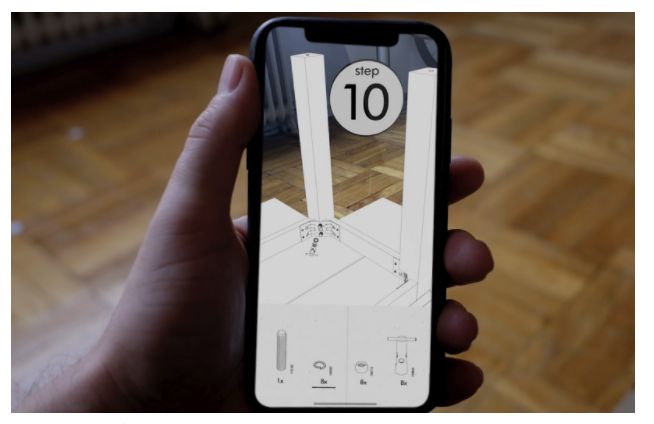
The learning industry is being disrupted like never before. As we navigate through the complexity and uncertainty, it is also an opportunity to reimagine ideal forms of workplace learning. Using intentional design and delivery to create social, effective and immersive learning solutions will lead to resilient learning solutions. They will be effective in crises but also in the good times.



